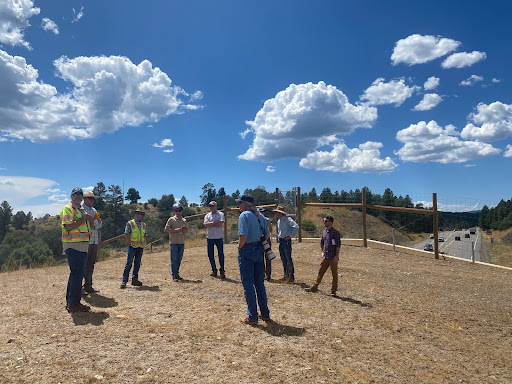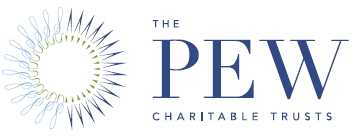
We are elevating the important role of wildlife crossings in climate adaptation through science synthesis, connectivity modeling, and convening experts to craft actionable guidance for planning and prioritizing future crossings.
Project Description:
Beyond the well-established benefits of wildlife crossings—including reducing animal mortality from vehicle collisions and reconnecting habitats—there is another tremendous but underappreciated benefit: the potential to support wildlife in adapting to climate change. As effective as wildlife crossings can be, their siting and development too often fail to account for climatic changes and impacts. Moving forward, it will be critical to address both contemporary road safety concerns and the long-term effectiveness of crossings in supporting climate-driven animal movements when planning and prioritizing new crossing structures. And the time is ripe: an unprecedented $350 million was committed to the new Wildlife Crossing Pilot Program in the 2021 Bipartisan Infrastructure Law.

CSP has eagerly responded to this need and opportunity with partners at The Pew Charitable Trusts and ECO-resolutions. Our overarching effort has entailed 1) conducting a comprehensive literature review to establish a scientific premise for advancing climate-informed wildlife crossings; 2) grounding that premise in an empirical case study showing the climate adaptation potential of wildlife crossings for migrating elk near Durango, Colorado; and 3) convening an expert working group of wildlife biologists, road ecology experts, and climate adaptation scientists to collectively develop a call to action and a set of high-level recommendations for policy makers and transportation planners. In August 2023, we set out to bridge the localized lessons from the case study with the high-level recommendations through a workshop with wildlife biologists and planners from Colorado and New Mexico departments of transportation and wildlife agencies as well as the Southern Ute Tribe. At this workshop, we closely examined the case study results to determine how they could be generalized elsewhere and, importantly, how our model might be improved. We also sought to operationalize the high-level recommendations by grounding each in specific actions that agencies, tribes, and conservation NGOs may take.
Our Durango workshop was just the start: we’re looking forward to continuing this work of operationalizing the recommendations and providing actionable science across the western US and beyond. We have a long road ahead to ensure that our vast transportation network works for animals as well as drivers, particularly under changing climatic and land-use conditions. But our momentum from this multi-faceted project is pointing us in the right direction.
Core Partners Include:





